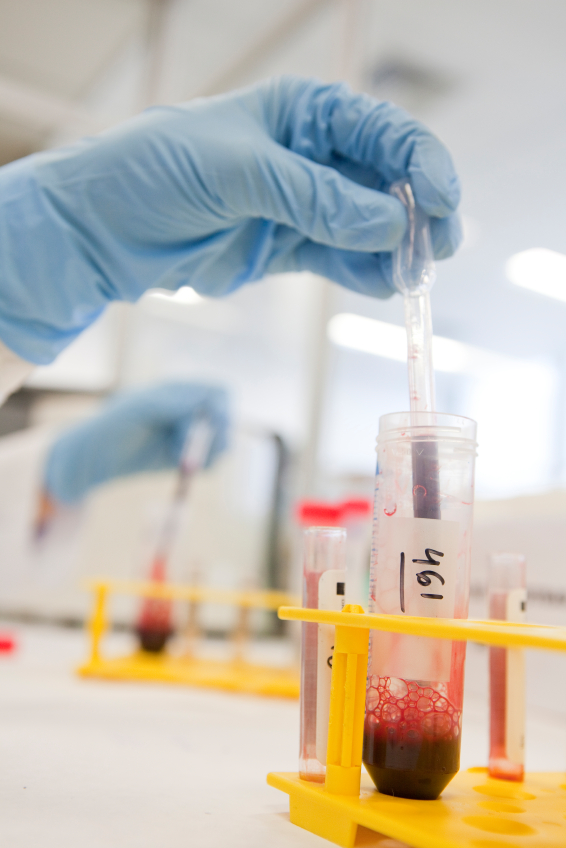Cord blood transplants and bone marrow transplants work to replace bad or damaged cells in the body (due to illness or injury) with new healthy cells. These healthy cells typically would be transplanted from the bone marrow of a donor or from cells collected from the person’s (or their family member’s) umbilical cord at birth.
The US Department of Health and Human Services reports that “sometimes the unique qualities of umbilical cord blood make it a better choice of blood-forming cells for transplant.” Furthermore, umbilical cord blood is rich in stem cells, and immune cells have not yet been developed, which makes it easier to match than adult bone marrow.
Below are key differences between transplants from bone marrow and umbilical cord blood:
Bone Marrow
• Anesthesia is used during the extraction procedure, which causes some discomfort and pain to the donor.
• A bone marrow transplant requires up to a quart or more of bone marrow and blood.
• After a match is found, it can take up to two months (or longer) to complete the process.
• Bone marrow donors may withdraw consent during their lifetime, they may not be able to donate for one or more reasons that would be discovered during the transplant process.
• There is no process to freeze bone marrow for later use.
• Viral infections may occur in a donor’s bloodstream which would disqualify them from having the ability to complete the transplant process.
• Coordination between the donation and the transplant is complex.
Cord Blood
• Cells from the umbilical cord blood are collected within ten minutes after delivery (birth), without any pain or risk to the mother or infant.
• As little as a few ounces of blood are required.
• Cord blood can be stored over a person’s lifetime with a special freezing/storage process.
• There is no donor attrition because of how cord blood is stored.
• Coordination between the donation and the transplant is simple.
• A viral infection is very rare to the donor, since blood is removed from the umbilical cord after birth, and not surgically extracted from the person.
• Cord blood can be easily shipped to the transplant center before the patient enters the hospital for their surgery.
It’s common for someone in need of a stem cell transplant to contact the National Bone Marrow Registry. With over 12 million donors; the National Bone Marrow Registry can only meet the needs of 60 percent of Caucasians and 5 to 15 percent of minorities in the United States. Making the choice to save your baby’s cord blood and store it privately will allow you access whenever you may need it.
